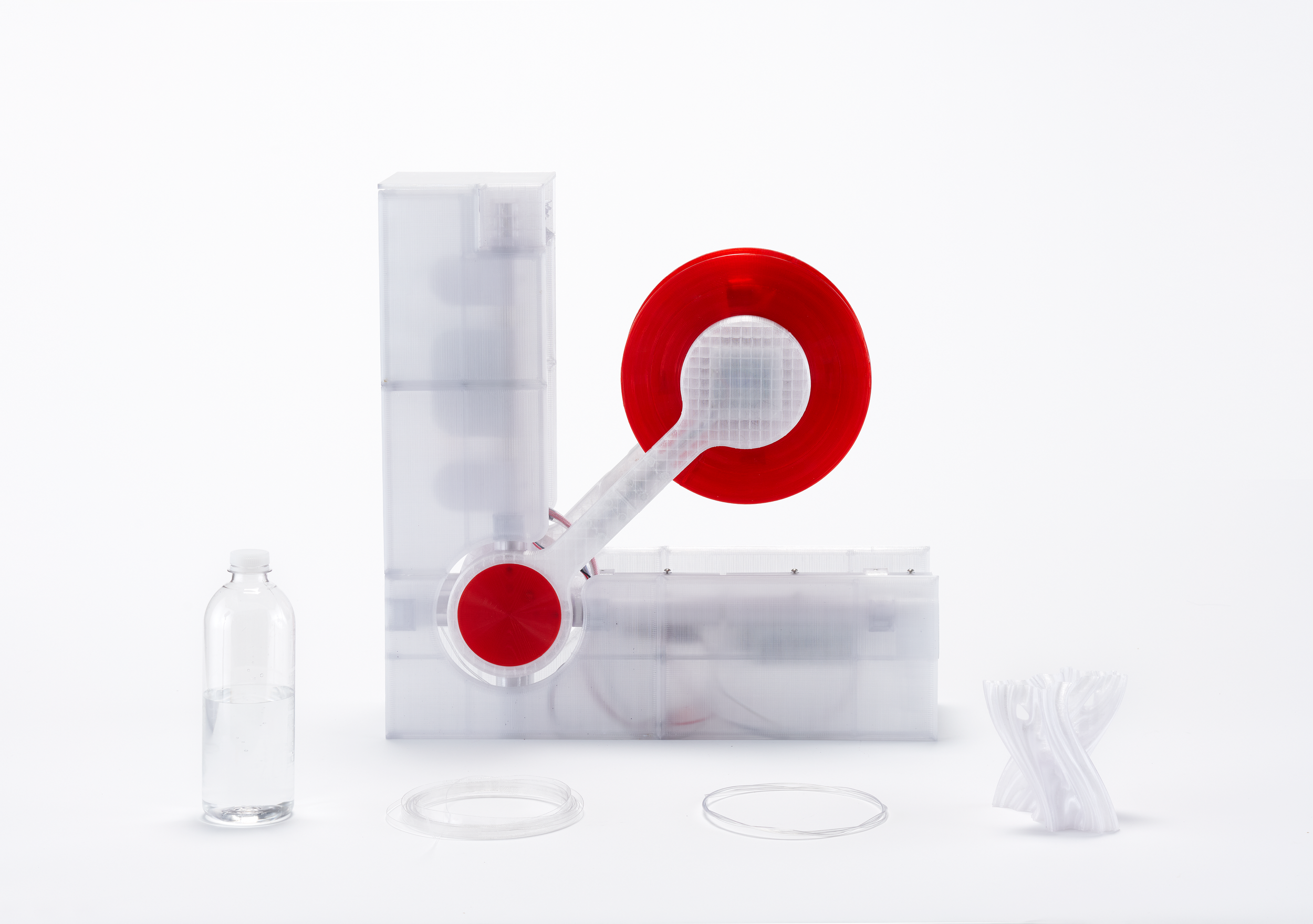this post was submitted on 08 Jun 2023
6 points (100.0% liked)
Solarpunk technology
2370 readers
3 users here now
Technology for a Solar-Punk future.
Airships and hydroponic farms...
founded 2 years ago
MODERATORS
you are viewing a single comment's thread
view the rest of the comments
view the rest of the comments

This is clever - I bought a filistruder for a local makerspace awhile back (with the idea that I'd be able to recycle my own prints/supports as well as prints from folks in my town), but ran into trouble finding a good way to shred/granulate big prints. There were a few articles about attempts to shred PLA using blenders, electric woodchippers, etc, none of which seemed very effective. There were a couple custom made shredders/kits you could assemble still around on ebay, but they were getting kind of rare. The extruders were designed around plastic pellets but it didn't seem like there had been much development over the next years on getting the plastic into pellet sizes (unless you get one of the big professional granulator/extruders). That's kind of where we stopped for the moment.
Starting with thinner (inconveniently common) material is smart.
I've seen some videos where paper shredders have been modified for this purpose. I don't know how consistent the filament diameter was, though.
I would think the best way would be to first melt the plastic into a wider intermediary filament and then pull that through the desired final extruder to get a more consistent result.
I've been working on an openly documented recycling solution that would make use of litter from my area (mostly less commonly recycled plastics like polystyrene and LDPE), but I'm still in the identification/sorting phase. Finding an infrared spectrometer or sensor for the 1000-2300nm wavelengths to properly identify plastics has been difficult, but I think I'm close.
I've seen people try melting the parts in a sheet tray, so they can shred the thin slab - I was focused on PLA+ which I read degrades in quality with each time it's melted, so I wasn't sure adding an extra time would be a good idea. I should revisit this project at some point though